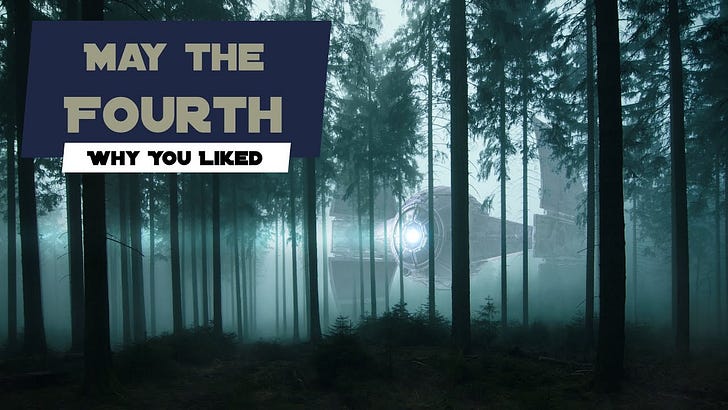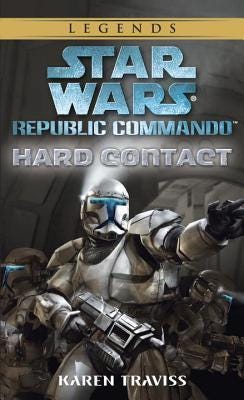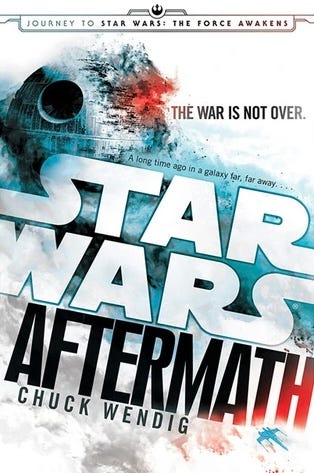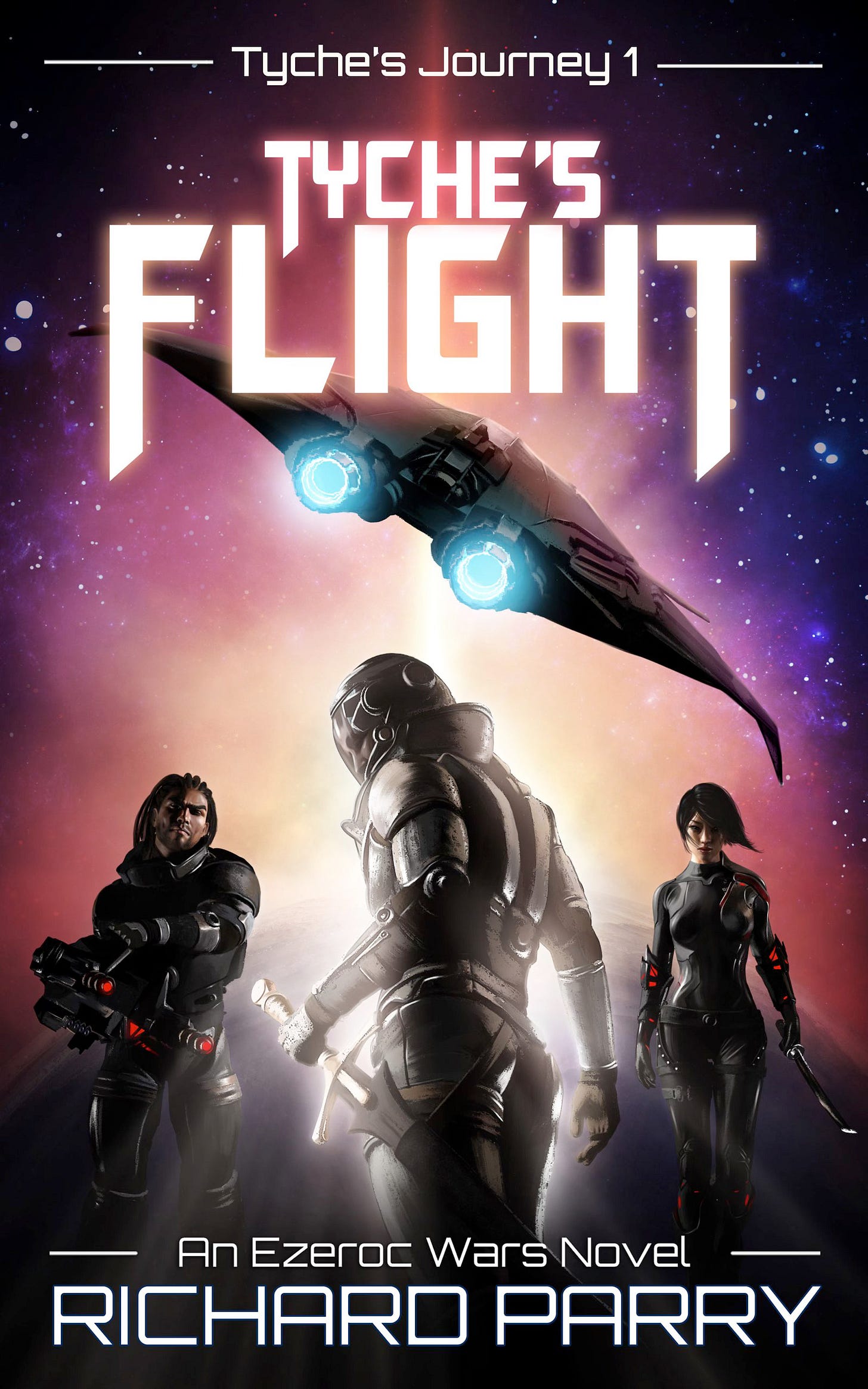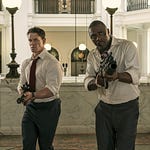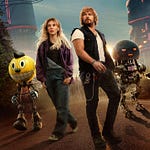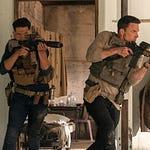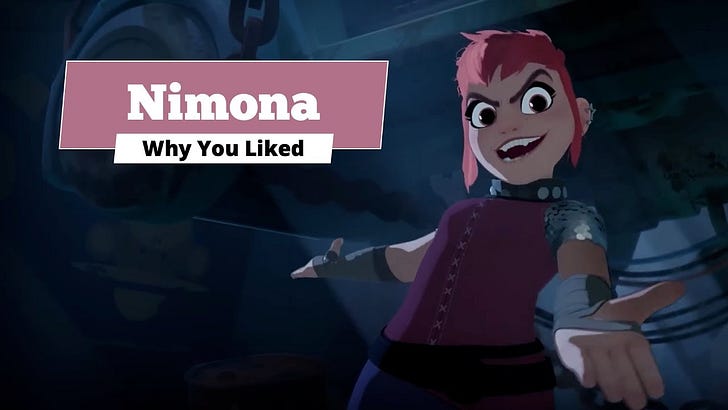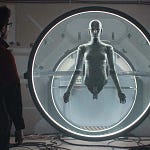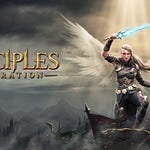Despite Disney’s best efforts, there is Star Wars gold at the end of the rainbow. If you like reckoning with legacy, moral ambiguity, sacrifice, and found family, I’m here to make your Star Wars Day just as rosy as when A New Hope dropped way back in 1977… minus the bell bottoms we all pretend we never owned.
Introduction
People talk about Star Wars fatigue the same way they talk about superhero fatigue, as if it’s part of life now. Disney strip-mined Star Wars for all its joy in a relentless sequel churn. I’m positive one of the Bobs was to blame; they wanted shareholder value, but we wanted Star Wars.
It doesn’t mean there aren’t chunks of good Star Wars left, though. To celebrate 2025’s Star Wars Day, I’m going to give you the best movie, series, video game, and book the series has to offer. I’ll give you a runner-up in case you’re wrong by disagreeing with my recommendation. Here’s my no-nostalgia, no-nonsense guide, totally free from Ewok musical numbers. Just four pillars of quality content to bring hope back to a galaxy far, far away.
Let’s kick off where it all began: with rebellion against fascism and tyrany.
Best Movie: Rogue One
There’s an important aspect of being a good Star Wars tale, and that is: you must first be a good story. Without lightsabers, Wookies, and that one super-uncomfortable sibling kiss, would your story stand out?
Rogue One stands out by a country mile. That’s an imperial measurement for all you imperialists out there. It manages to keep us on the edge of our seats even though we know how it ends; hell, Rogue One even drops the mic at the scene A New Hope opens with. Despite knowing what horrible end awaits our rebel heroes, you cry anyway.
You want found family? Try an Imperial defector, a blind warrior monk, a reprogrammed murderbot, a rebel who, beyond all doubt, committed war crimes, and … well, Jyn Erso. Jyn, who’s lived in the Empire’s shadow for so long, doesn’t even see the stars when she looks up. She’s been beaten but she’s not cowed. She’s the leader we need when the night grows darkest. Jyn and her crew become more compelling than any Skywalker ever did.
This is the movie where hope is currency, and everyone spends every last credit they’ve got. It’s dusty, it’s brutal, and it’s gorgeous in that gritty, “please, just let one person survive” way.
Rogue One didn’t try selling action figures. It sold a feeling. Try doing that, Bob.
Honourable Mention: Nope. There are no honourable mentions. Rogue One Highlandered all the others. It is the one.
Best Series: Andor
Imagine a Star Wars series with no Jedi, no lightsabers, no recycled Tatooine cameos. Imagine Star Wars had a time before hope, when the Empire had won, and we were all trying to figure out how to deal with it. Imagine that Star Wars became less fictional, and presented something that’s almost a documentary of our time: late-stage capitalism, fascist bureaucracy, and the mote in God’s eye of resistance.
Well, you don’t need to imagine it, because we have Andor.
It’s maybe like The Wire in space, or The West Wing if everyone occasionally exploded.
We first met Cassian Andor at the start of Rogue One. We know how his story goes: he ends up a man of tarnished faith who shoots a contact in the back to save a galaxy. Well, they gave him his own show, and thank God they did. We’ve been blessed with a series so rich in intrigue, betrayal, and politics that we almost missed the outstanding heroes, villains, and action.
It’s a series where moral greys aren’t a backdrop; they’re the plot. And never has anyone looked so good in grey as Cassian Andor.
He’s not doing a solo lift here, though. Mon Mothma is every burnt-out LinkedIn executive trying to make change without losing her pension. Luthen Rael is basically space Batman with a conscience alignment challenge. And those are the good guys. If you haven’t Andored, you must.
Honourable Mention: The Mandalorian, but maybe stick with the first season or two, before it became Galaxy’s Got Talent: Guest Star Edition.
Best Game: Star Wars Jedi: Survivor
Survivor is actually the sequel to Star Wars Jedi: Fallen Order, which released to universal acclaim just when no one thought you could still make Star Wars games that good. Fallen Order already nailed the mix of parry-based gameplay and post-66 survivor guilt. Then Survivor came along and said: let’s hurt more.
Survivor is the legacy left to us by the near-forgotten Star Wars: The Forced Unleashed duo. Unleashed gave us the power fantasy of being Vader’s secret apprentice and having All The Force™ we could handle. Where Unleashed had a paint-by-numbers story, its hero Galen carried nuance by way of Sam Witwer’s unstoppable performance. It’s a trick that Survivor uses, elevating a “game” into a “true story” through the deep and layered performance of Cal Kestis by Cameron Monaghan. It is one of the few games that made me tear up at the end; this is not a story that fails to carry forward the promise made to the player: that if you do what is right, you will win, but winning isn’t free of sacrifice, fear, and the inner battles we all fight to be our better angels.
It’s a tale that makes you question your alliances, feel guilt over your friends, and struggle to find the best path forward. It makes you wonder if Cal—you—could have changed the fate of people closest to you if you’d been a little faster, a little stronger, or a little more present.
It doesn’t hurt that the gameplay is absolutely off the chain. It’s a Souls-like game with Metroid exploration and Sekiro’s parry-timing system. Its difficulty is what makes it shine: it’s the only Star Wars game I’ve played where, upon mastery, I truly felt like a Jedi Knight.
I threw a controller more than once. But I picked it back up, because being a Jedi isn’t about rage-quitting.
Honourable Mention: Star Wars: Knights of the Old Republic (I & II). These are what you played when you wanted 400 dialogue options as a side order with your grey morality. The first game gives you the chance to watch Bastilla Shan fall faster than Anakin at Tatooine’s annual sandcastle competition.
Best Books: Republic Commando Series by Karen Traviss
This five-book series starts with Hard Contact. I read it back when books were made of paper and you didn’t get battery anxiety from your Kobo reading binge. I turned its first page in 2004, and it’s lived rent-free in my brain ever since.
Karen Traviss is a fascinating author. Her speciality is taking fairly standard dudebro stories and turning them into a layered exposé on the trials of war. She worked as a defence correspondent, which is probably what gives her war stories a feeling of lived-in conflict. She took what should have been a throwaway media tie-in and injected it with so much heart and moral complexity that it basically outgrew its progenitor franchise. Hard Contact’s soldiers are clones. They’re soldiers built to die, but they dare to carve out lives, loves, and identities in the face of galactic indifference.
It was Traviss who gave us Mandalorian culture before it was cool. She introduced clones with PTSD, soldiers who could dream, and the deeply complicated friendships they forged while fighting for a galaxy that saw them as faceless. Crucially, Traviss gave us a lens on the Jedi that made them look a hell of a lot less righteous.
I picked it up for the blasters. I stayed for the soul.
Honourable Mention: Chuck Wendig’s Aftermath trilogy. It has a wildly different energy: far more political, and a story more about living in a post-Empire galaxy where we discover that having a central government had some handy benefits. It swings big, and introduced Sinjir Rath Velus, arguably the best morally-compromised gay ex-Imperial in canon.
So, What?
You can deeply dislike some Star Wars but still find that the love remains. It’s fine to feel weird about the Senate or wonder if the Jedi were really all that and a bag of chips. While the Jedi stole our attention, the first Star Wars movie had precious few Jedi moments. It knew that the stuff that really sticks—the moments that make you want to rewatch, reread, and replay—aren’t just the scenes with lightsabers.
They’re the moments with scars. They’re the taverns where broken heroes drink to forget, and the starships where found families choose each other over everything else.
So, this May the Fourth, revisit the Star Wars that made you feel something real.
And if anyone asks why you’re crying during Rogue One, just tell them it’s hayfever.
May the Force be with your allergies.
Want to support me? Check out my most Star Wars-adjacent series, starting with Tyche’s Flight:


